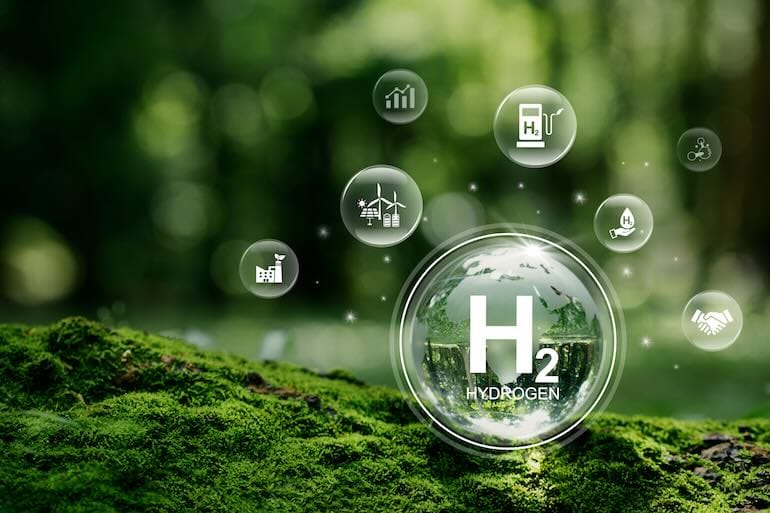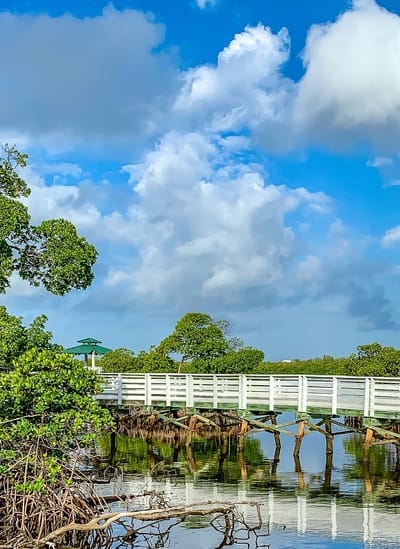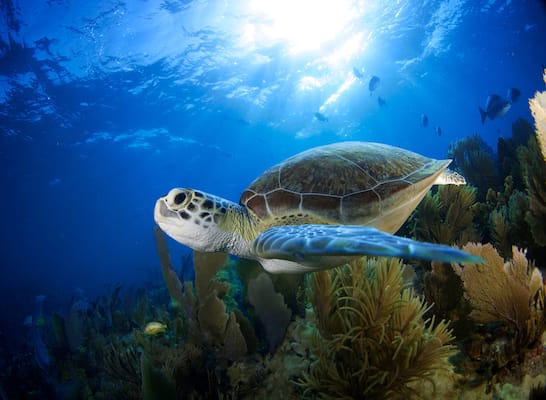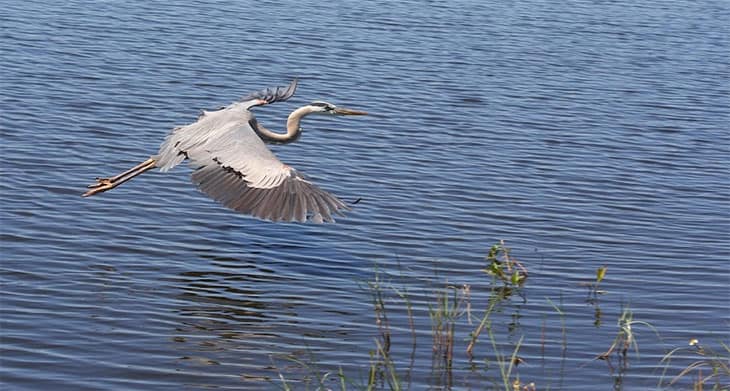Starting with a unique pilot project for the creation of clean hydrogen power, we look at suggestions for sustainable commercial development and the development of a perfect hybrid reef to protect our military from the power of the oceans.
In addition, we look at the promotion and delivery of solar power in Florida and beyond and highlight a comprehensive online resource for concerned citizens of Orange County. Finally, we look at the difference one person can make, with the establishment of a scholarship designed to support and encourage the minds who will come up with the technological solutions of the future.












